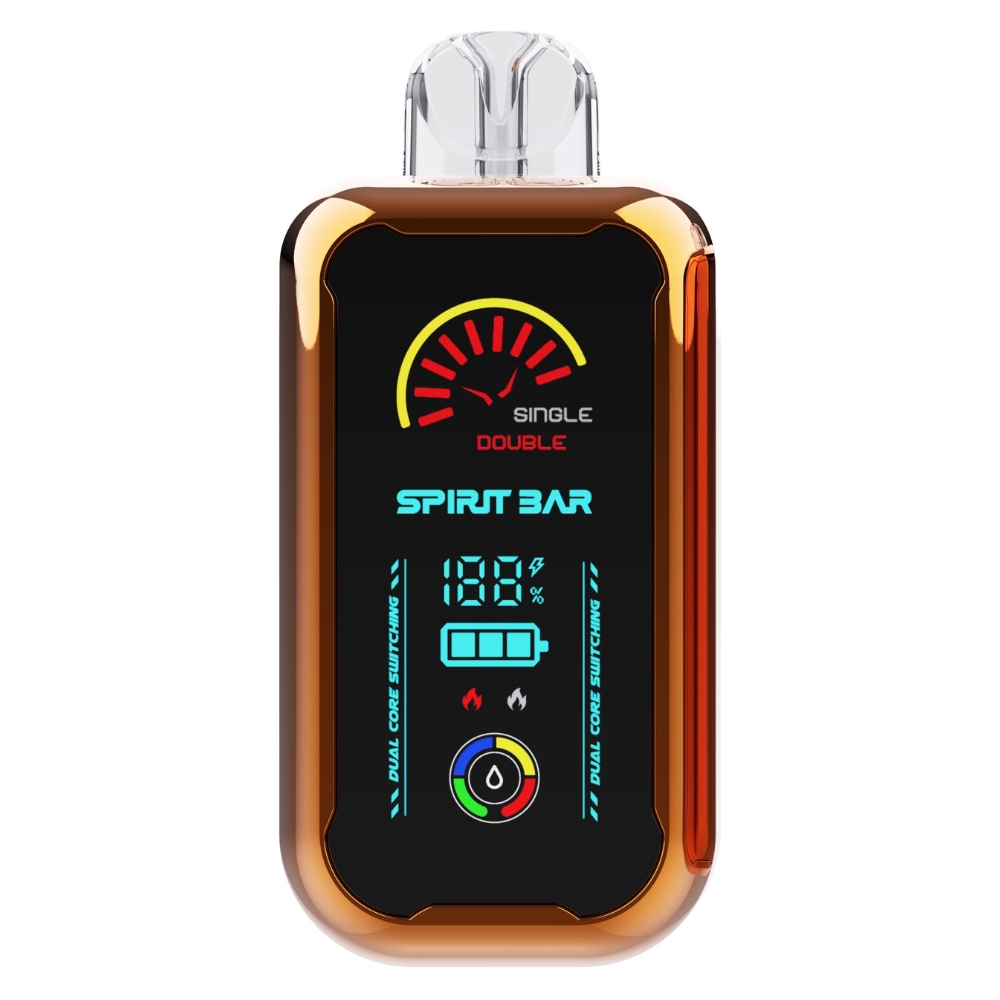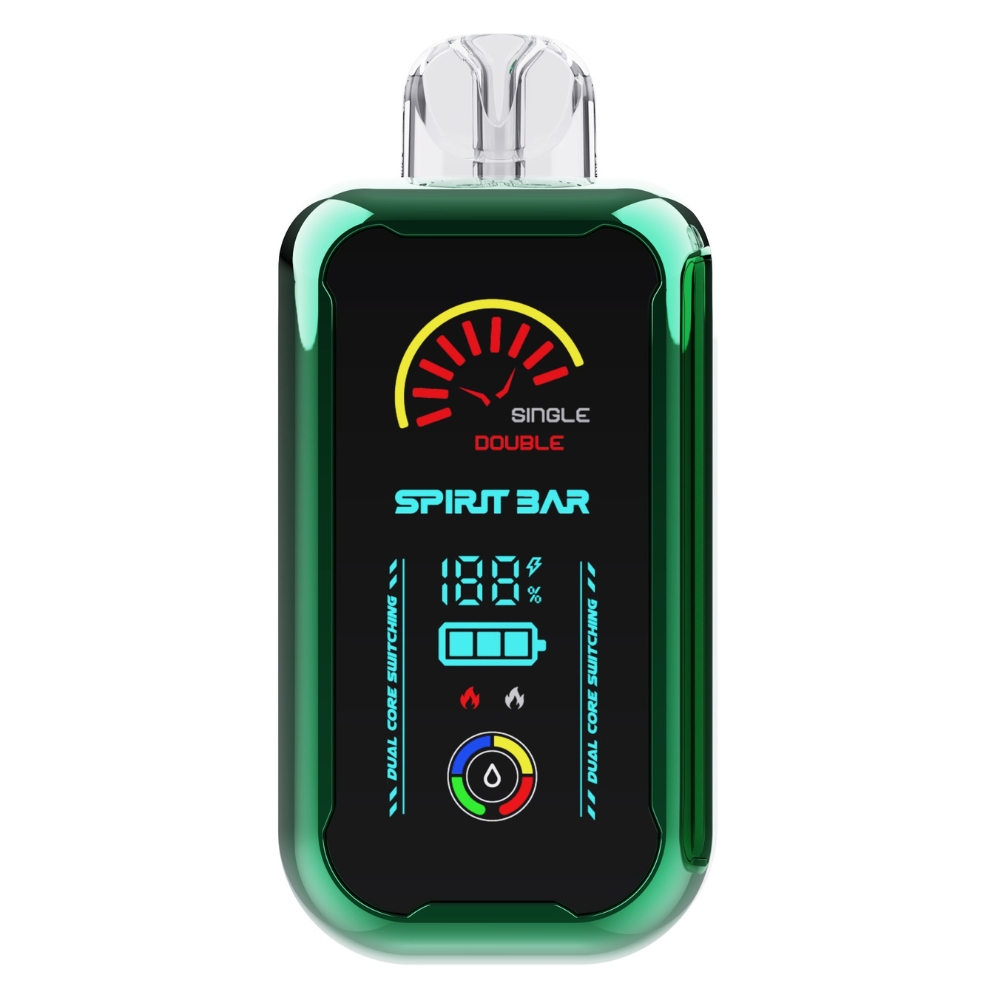Can Vape Get Stuck in Your Lungs? Exploring the Risks and Realities
Are you wondering whether vaping can get stuck in your lungs? The short answer is yes, it can. Vaping involves inhaling an aerosol into your lungs, which can contain harmful chemicals and particles that can get trapped in your respiratory system.
According to a 2019 article by Harvard Health Publishing, vaping devices heat up a liquid (called vape juice or e-liquid) until it turns into a vapor that is inhaled. These devices are commonly called vapes, mods, e-hookahs, sub-ohms, tank systems, and vape pens. The long-term effects of vaping on the lungs are still unknown, but a 2020 review suggests that vaping may cause similar lung damage to smoking by a different mechanism.
Johns Hopkins Medicine reports that smoking and vaping are associated with an increased risk of bursting air blisters in your lungs, leading to lung collapse. They have seen a rash of collapsed lungs in younger people who vape. Breathing in harmful chemicals while vaping over a longer period of time may lead to permanent scarring and damage to your lungs. It’s essential to understand the risks associated with vaping and to take steps to protect your respiratory system.
Understanding Vaping and Its Effects
https://www.youtube.com/watch?v=eJ1hKE-p8Qo&embed=true
What is Vaping?
Vaping is the act of inhaling and exhaling the vapor produced by an electronic cigarette or other similar device. The device heats up a liquid, also known as vape juice or e-liquid, which usually contains nicotine, flavorings, and other chemicals. The liquid turns into a vapor that is then inhaled into the lungs.
Vaping devices come in different shapes and sizes, including e-cigarettes, vape pens, and mods. Some devices are disposable, while others can be refilled with vape juice and recharged. Vaping has become increasingly popular in recent years, especially among young adults and teenagers.
Health Risks of Vaping
While vaping is often marketed as a safer alternative to smoking, there are still health risks associated with the practice. The long-term effects of vaping on the lungs are still unknown, but research suggests that vaping may cause similar lung damage to smoking by a different mechanism [1].
Vaping can also lead to short-term breathing issues such as coughing and shortness of breath. Breathing in certain chemicals while vaping over a longer period of time may lead to permanent scarring and damage to the lungs [4].
Another significant health risk associated with vaping is EVALI (e-cigarette, or vaping, product use-associated lung injury) [5]. EVALI is a serious lung condition that vaping causes. It causes widespread damage to your lungs and gives you symptoms like coughing, shortness of breath, and chest pain. EVALI can be fatal.
In summary, vaping is not a risk-free activity and can have potential health consequences. If you are considering vaping or are a current vaper, it is important to be aware of the potential risks and to take steps to reduce your exposure to harmful chemicals.
[4] Cleveland Clinic
[5] Cleveland Clinic
Can Vape Get Stuck in Your Lungs?
https://www.youtube.com/watch?v=3VoCuVDLIdM&embed=true
If you’re a vaper, you may wonder if the vapor you inhale can get stuck in your lungs. The short answer is yes, it can. However, the extent to which it can harm your lungs is still up for debate. In this section, we will explore the effects of vaping on your lung health.
Vape Particles and Lung Health
Vaping involves inhaling aerosolized liquid particles, also known as vapor. These particles can contain harmful chemicals such as nicotine, flavorings, and heavy metals like nickel, tin, and lead. When you inhale these particles, they can deposit in your lungs and cause inflammation, irritation, and damage to your lung tissue.
Moreover, the ultrafine particles in vape can be inhaled deep into your lungs, where they can accumulate and cause long-term damage. In fact, a study published in the American Journal of Respiratory and Critical Care Medicine found that vaping can cause lung damage similar to that seen in smokers and people with chronic obstructive pulmonary disease (COPD).
Long-Term Effects of Vaping
Although the long-term effects of vaping are not yet fully understood, studies have shown that it can increase your risk of developing lung disease. For example, a study published in the Journal of the American Heart Association found that vaping can increase your risk of developing chronic bronchitis, emphysema, and other lung diseases.
Moreover, vaping can cause irreversible damage to your lung tissue, leading to decreased lung function and respiratory distress. This can be particularly harmful for people with pre-existing lung conditions such as asthma or COPD.
In conclusion, vaping can get stuck in your lungs and cause long-term damage to your lung health. If you’re a vaper, it’s important to be aware of the potential risks and take steps to protect your lung health.
Myths and Misconceptions About Vaping
Vaping has become increasingly popular in recent years, but there are still many myths and misconceptions surrounding this practice. Here are some of the most common misconceptions about vaping:
- Myth #1: Vaping is just as harmful as smoking. While vaping is not completely risk-free, it is generally considered to be less harmful than smoking traditional cigarettes. According to the NHS, “vaping poses a small fraction of the risks of smoking.” However, it is important to note that vaping can still have negative health effects, particularly for those with pre-existing lung conditions.
- Myth #2: Vaping is just water vapor. Vaping devices do not produce water vapor; instead, they produce an aerosol that can contain a variety of chemicals, including nicotine, flavorings, and other additives. This aerosol can be harmful to the lungs and respiratory system.
- Myth #3: Vaping is a safe way to quit smoking. While some people have successfully used vaping as a tool to quit smoking, it is not a guaranteed method and is not recommended by healthcare professionals as a first-line treatment for smoking cessation. Additionally, vaping can be addictive and may lead to long-term use.
- Myth #4: Vaping doesn’t have any long-term health effects. The long-term health effects of vaping are still largely unknown, as the practice has not been around long enough for extensive research to be conducted. However, there is evidence to suggest that vaping can have negative effects on lung function and respiratory health.
It is important to separate fact from fiction when it comes to vaping. While it may be a less harmful alternative to smoking traditional cigarettes, it is not completely risk-free and may have negative health effects. If you are considering vaping as a way to quit smoking, it is important to talk to your healthcare provider about the best options for you.
Prevention and Alternatives to Vaping
If you’re concerned about the potential risks of vaping, there are several steps you can take to reduce your exposure to harmful chemicals and protect your lungs. Here are a few tips to help you stay safe:
-
Quit vaping. If you’re already a vaper, the best way to protect your lungs is to quit. Talk to your doctor or a smoking cessation specialist to learn about the various options available to help you quit vaping.
-
Avoid secondhand exposure. Even if you don’t vape yourself, you can still be exposed to harmful chemicals through secondhand smoke. If you’re around people who vape, try to avoid breathing in their smoke.
-
Use alternatives. If you’re looking for a safer way to enjoy nicotine, there are several alternatives to vaping that you can try. For example, you could use nicotine gum, patches, or lozenges, or you could try smoking cessation medications like bupropion or varenicline.
-
Choose natural alternatives. If you’re looking for a natural way to quit smoking, there are several herbs that can help. For example, you could try using lobelia, which can help reduce cravings and ease withdrawal symptoms.
-
Stay informed. As research on the risks of vaping continues to evolve, it’s important to stay up-to-date on the latest findings. Keep an eye on reputable health news sources and talk to your doctor if you have any concerns about your lung health.
By taking these steps, you can reduce your risk of lung damage and protect your health over the long term.


